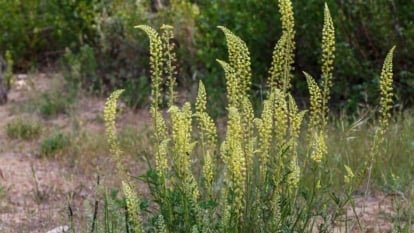Native plants are all the rage! Not only are they gorgeous ornamentals for gardens, but they’re also beneficial for pollinators, birds, and mammals. Flowers provide nectar and pollen for bugs, and leaves are a food source for caterpillars, deer, and snails.
Large trees are indispensable habitats for squirrels, nesting birds, and small mammals. They provide shade and privacy below their canopy, making way for deer, bears, and cougars to come in. However, increasing biodiversity doesn’t have to start with a giant tree—small changes make big impacts.
When you plant wildflowers, they invite bugs. Birds and rodents eat bugs, and large mammals eat them in turn. Simply add a few native perennials and shrubs this year, and you’ll start a snowball effect of biodiversity boosting. Any native species in your yard can be beneficial, especially if its common in your local area. This list will help you grow your backyard into a dynamic ecosystem alive with activity.
Northwest
We’ll start our tour with the northwestern section of North America. This space includes Oregon, Washington, northern California, and parts of Idaho. Coastal climates experience heavy, frequent rainfall, while eastern regions are dry, mountainous, and cold in the winter.
Showy Milkweed
Showy milkweed is a perfect perennial for Northwest gardens. It’s deer-resistant while simultaneously beneficial insect-attracting. This native wildflower lures bees, bugs, and birds wherever it grows. It’s also a crucial larval host for butterflies, especially the Monarch butterflies.
Showy milkweed survives from USDA hardiness zones 3 through 9 and will survive winter freezes in most northwestern regions. Plants die back to the ground at first frost when they store energy belowground in their rhizomatous roots. Mulch the root zone heavily during autumn to protect the roots underneath.
Oregon Sunshine

Oregon sunshine surprises gardeners perennially with bright yellow blooms. They grow off wooly gray-green stems with lacey, notched leaves. This wildflower is a favorite of specialist and generalist bees. Specialist bees require certain flowers, while generalists fly from species to species. Satisfy both with this aster family member.
Oregon sunshine needs full sun, excellent drainage, and little water during its lifetime. You can find it growing naturally around sandy areas, rocky slopes, and dry meadows.
Snowberry

Snowberries are mighty shrubs of forest understories. They form dense thickets over time, creating valuable habitats for birds, small mammals, and insects. Their flowers lure bees and pollinators, while their snow-white berries feed birds when little else is available during winter.
These shrubs tolerate full sun but grow better in partial shade or beneath dappled sunlight. They thrive underneath trees along riversides and in coastal forests. For drier locations, try using western snowberry Symphoricarpos occidentalis.
Canada Goldenrod

Canada goldenrod flowers look like giant yellow fireworks exploding. They erupt in color during late summer through fall. Their blossom clusters increase biodiversity by providing nectar and pollen for ladybugs, bees, and caterpillars. They also create a reliable structure during the growing season for insects to nest on.
Goldenrods are herbaceous perennials, meaning they die to the ground during winter but sprout again in spring. Give them regular water, well-drained soil, and lots of direct sunlight. They’ll slowly creep out each year from their spot, and self-sow readily with seeds.
Aspen Fleabane
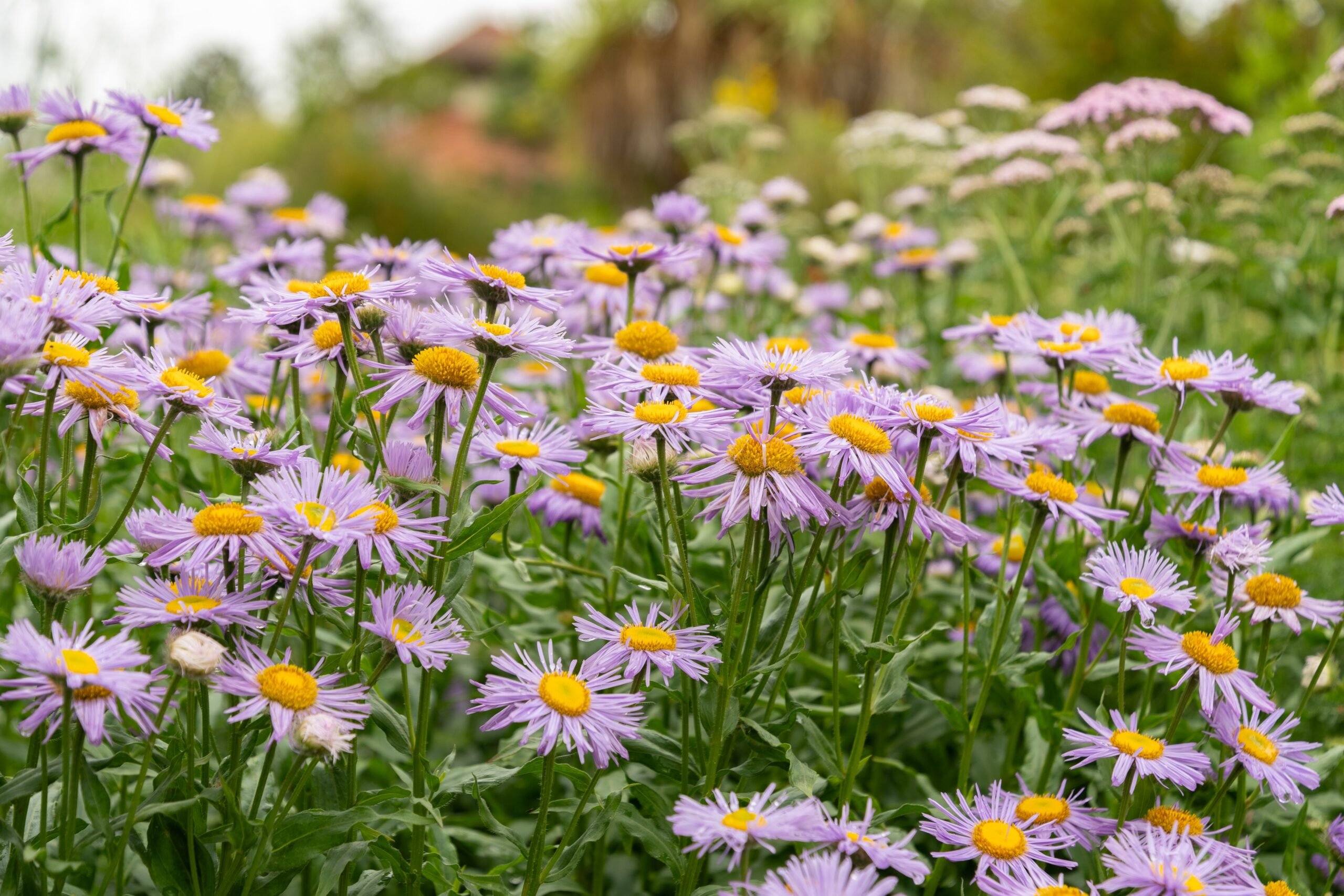
A purple aster look-alike, aspen fleabane is a superb substitute for common garden ornamentals. Its blossoms invite native bees, bugs, butterflies, and moths. Purple petals surround bright yellow centers; the blossoms sprout off one or two feet tall stems with strappy green foliage.
Aspen fleabane likes full sun, well-drained soil, and some water during the growing season. It’s tolerant of drought but appreciates consistent soil moisture, whether semi-dry or wet.
Southwest
The Southwest is home to deserts, valleys, mountains, coastline, and the Grand Canyon. It’s an incredibly diverse region with thousands of animal and plant species roaming wild. These five wildflowers are adaptable and work well in the different southwestern regions.
Common Yarrow
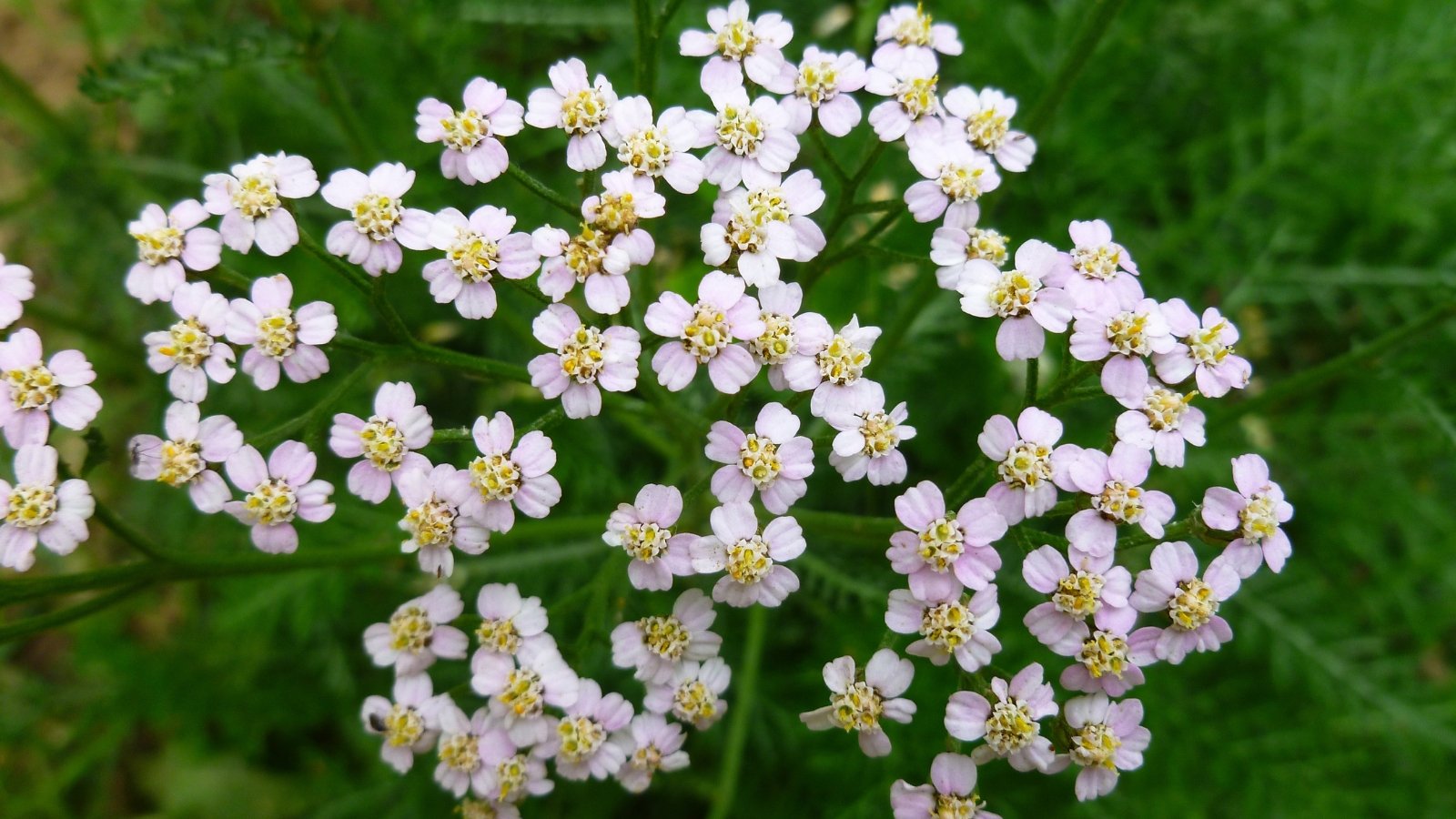
Yarrow is a lovely hardy perennial for most of North America. It’s also a favorite of nursery growers and plant breeders, meaning there are hundreds of different colored varieties. Try ‘Paprika’ for yellow-red blooms, or ‘New Vintage Rose’ with magenta-pink flowers that fade to white over time.
Start yarrow from seeds, or select cultivars in pots from a local nursery. This wildflower sprouts blossoms in flat clusters; they act as landing pads for pollinators. Insects can take a nap on the flower pads during their busy days. If you take a second to watch your yarrow during the day, you may see a bee or two slumbering about.
Narrowleaf Milkweed

Narrowleaf milkweed resembles showy milkweed, except its leaves are thin and slender. Its blossom clusters are smaller, but often larger in number. They lure Monarch butterflies, bees, pollinating insects, and larval caterpillars. They’re also deer resistant, meaning you can plant these perennials near deer habitats without fearing their demise.
Narrowleaf milkweed needs free draining soil, full sun, and organic matter. Add compost near their roots each year to boost their growth. Well-fed plants reach heights of four feet!
Desert Willow
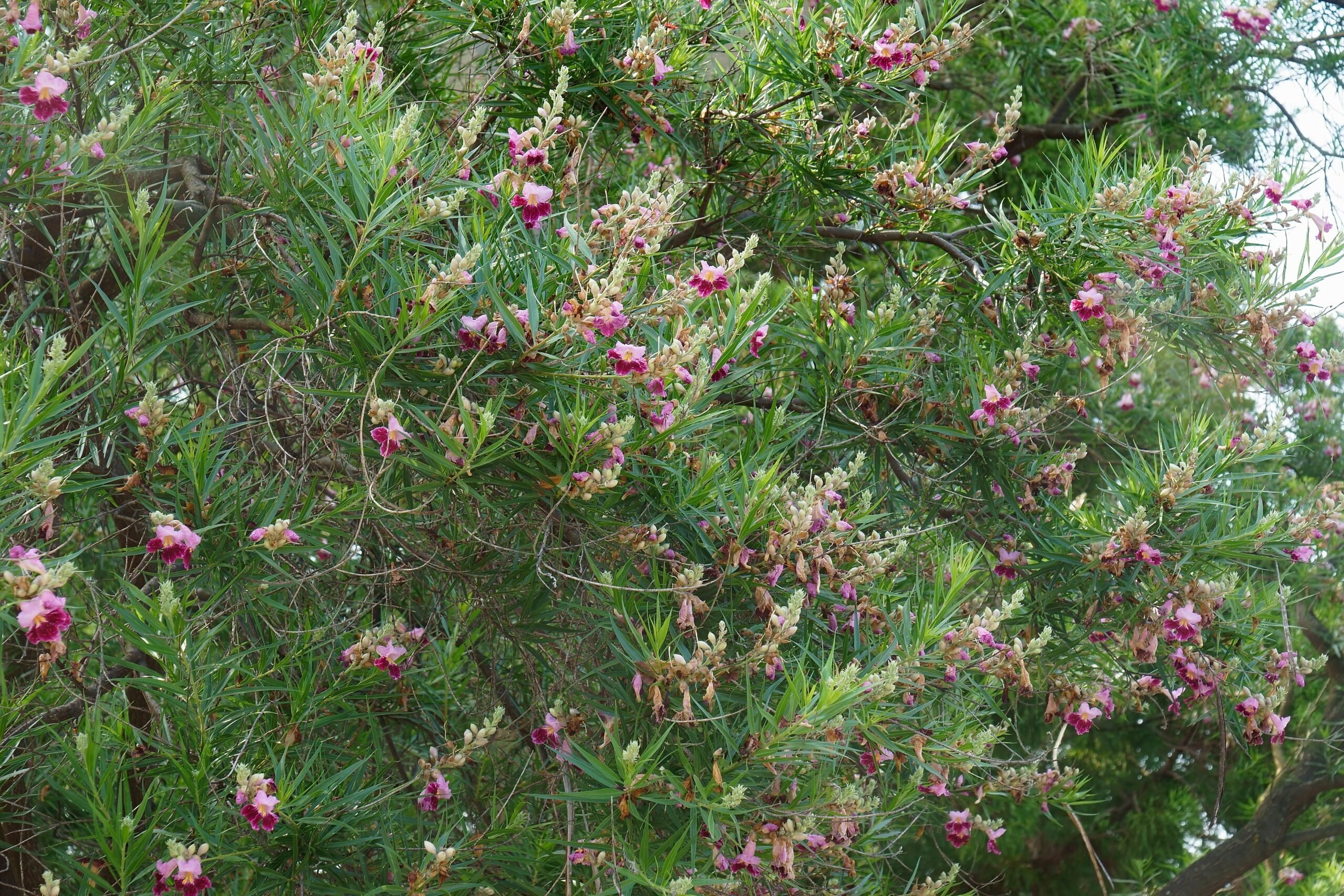
Desert willow isn’t a true willow, although its leaves resemble willow leaves. It’s a medium-sized deciduous tree that acts as a biodiversity booster in desert ecosystems. If you’re looking for a drought-tolerant, pollinator-friendly tree, this is the one for you!
Desert willow sprouts pink-white-purple bell-shaped blossoms that lure bugs in with pollen and nectar. It’s fire and deer-resistant and thrives with little water in hot climates.
Sunflower

Every garden needs a sunflower! These annual wildflowers are perfect for any garden throughout USDA hardiness zones 2 through 11. They thrive with little water, direct sunlight, and rich, well-draining soil.
Sunflowers sprout large, composite heads full of mini blossoms. Bees, butterflies, and pollinating insects frequent the flowerheads on sunny days. When seeds form, squirrels and birds battle over who gets to eat them!
California Wild Rose
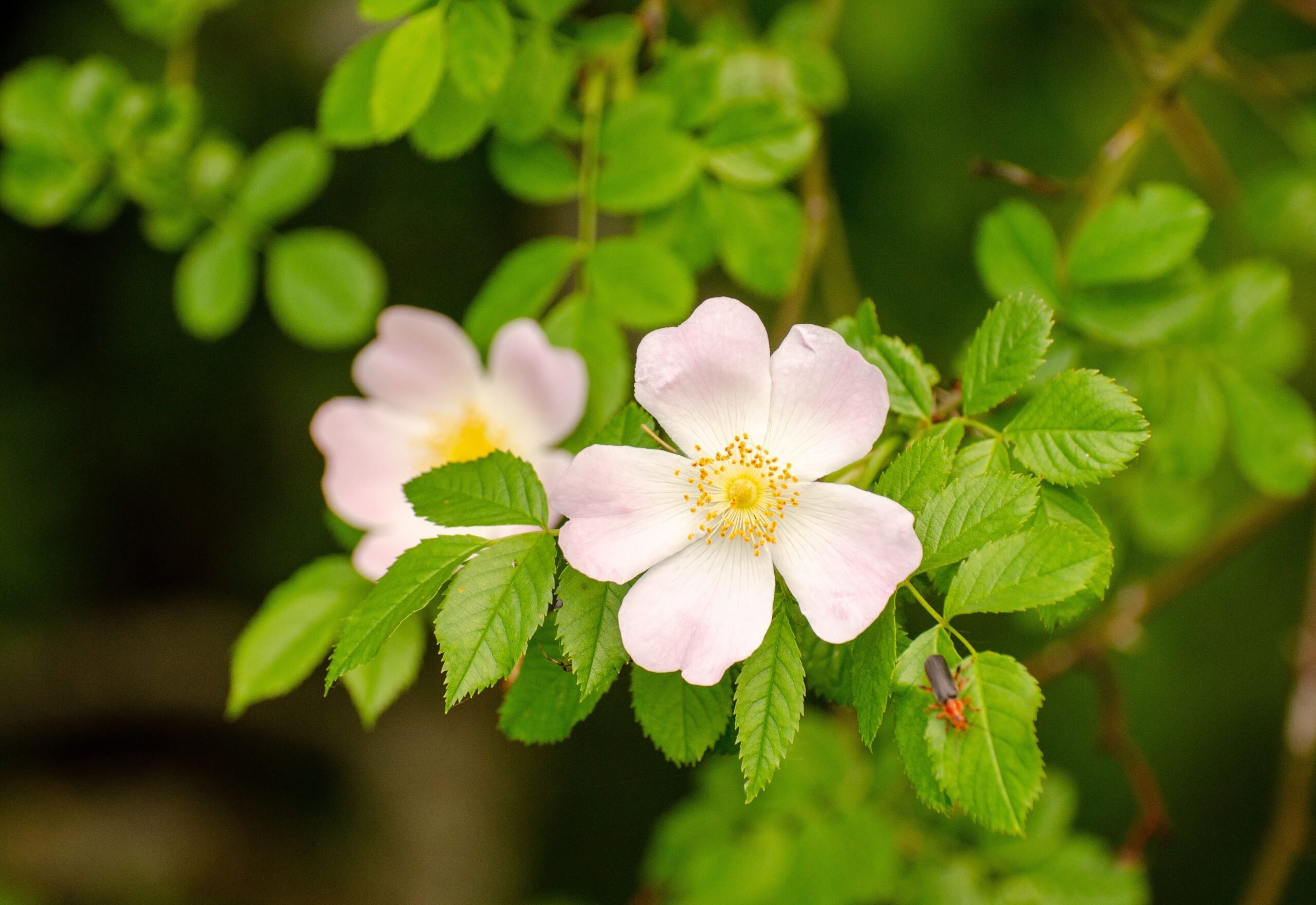
Instead of a disease magnet hybrid rose, plant a native one! California wild roses thrive where other tender species suffer. They’re drought-hardy, and they provide valuable fruits, flowers, and leaves for hungry animal critters.
Not only do these roses lure pollinating and beneficial insects, but they also provide valuable habitat for birds to nest in. Tall specimens are spiny and offer ample protection from predators.
Midwest
The Great Plains dominate the Midwest. This region contains flat grasslands, hilly dry scrubland, and sparse forests. It’s also where farmers grow corn, soy, and wheat. Grow native plants in your midwestern garden to increase much-needed biodiversity.
Leadplant
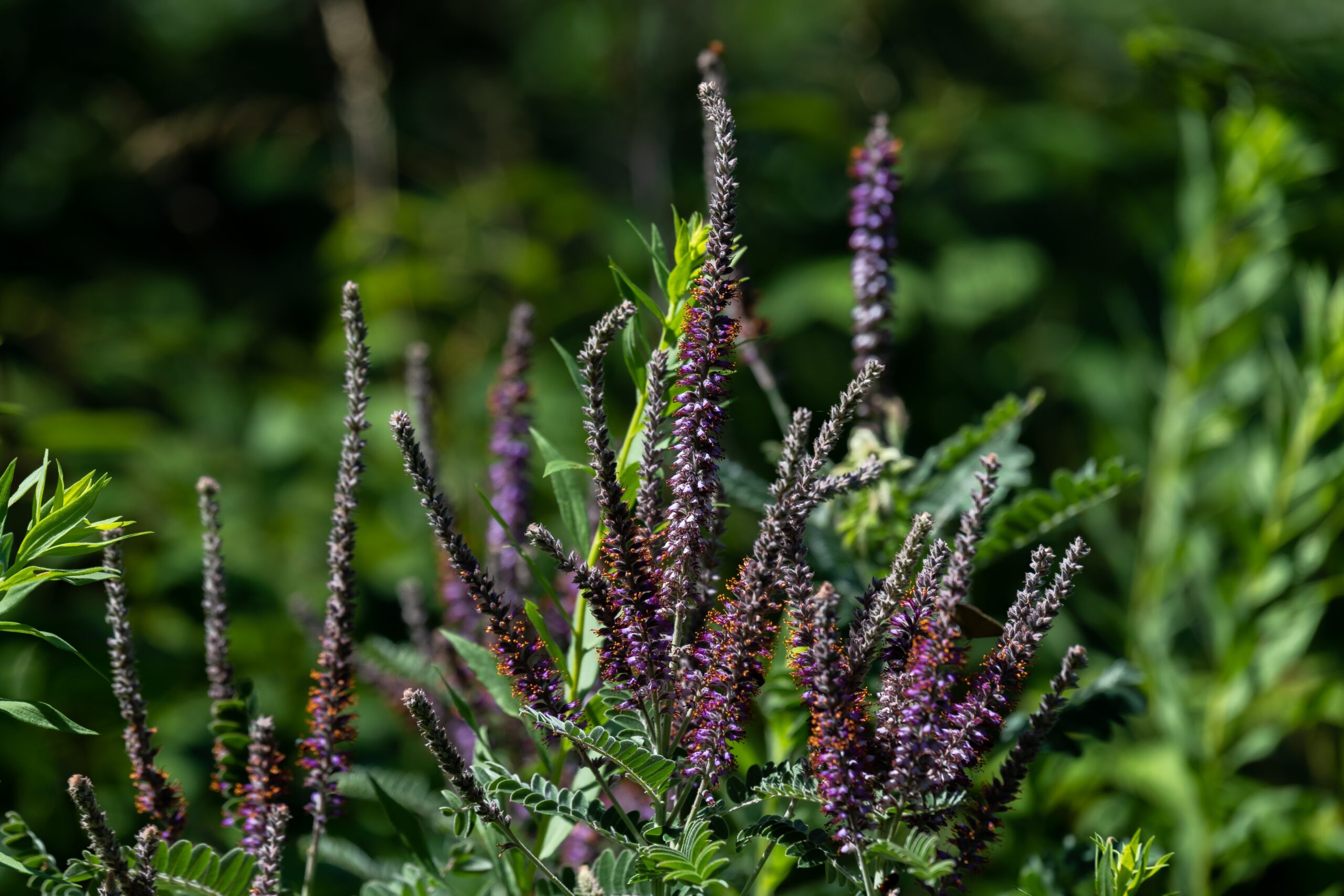
Leadplants resemble indigo plants, and some people call them false indigos. These short and wide deciduous shrubs burst into bloom with slender flower stalks. Small purple blossoms with orange stamens protrude off the stalks.
These shrubs increase biodiversity by inviting beneficial insects, pollinators, and moth larvae. They’re a great cold-hardy option for frosty winter zones. In the coldest zones four and below, shrubs may die to the ground each winter and sprout anew in spring like herbaceous perennials.
Swamp Milkweed
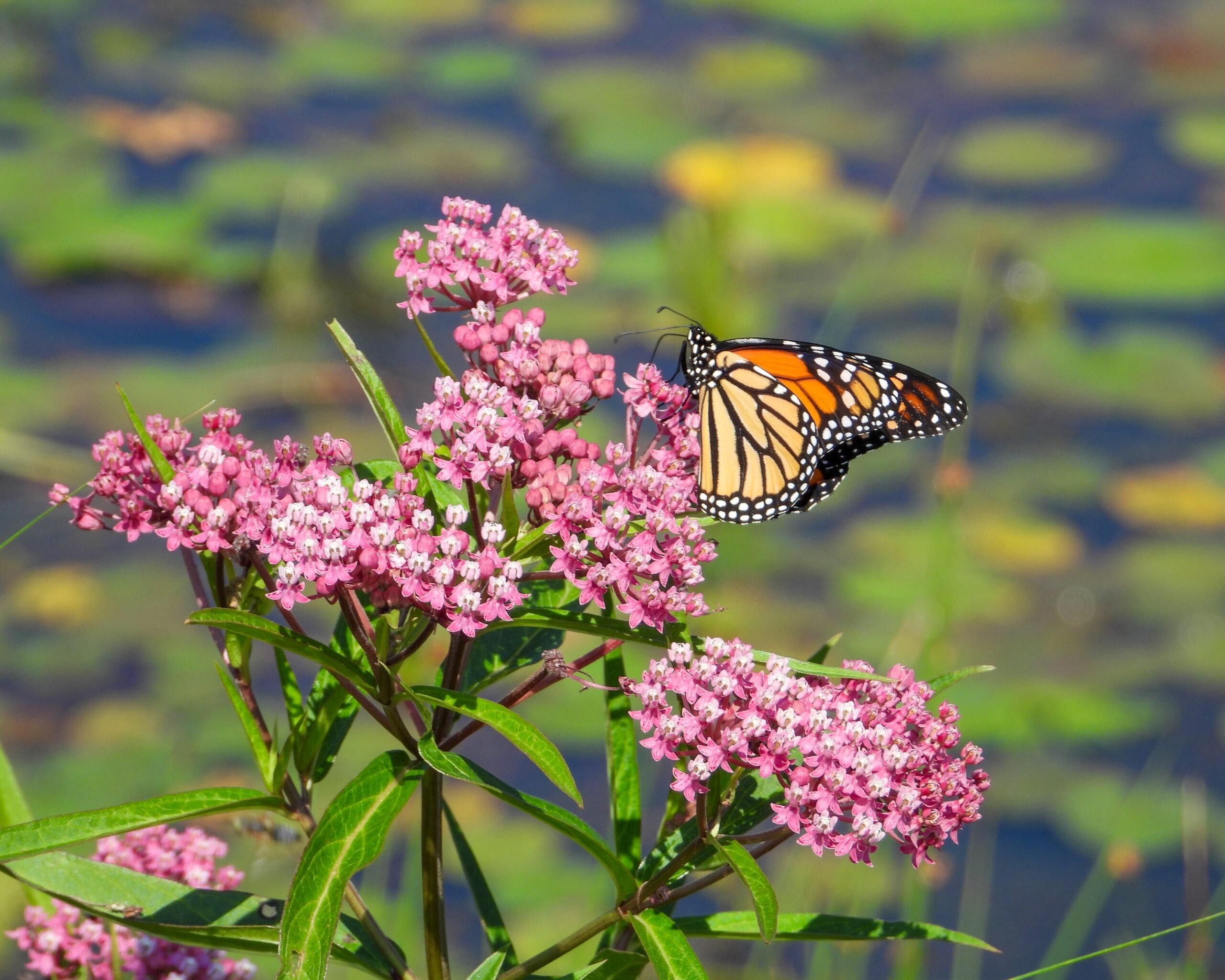
Swamp milkweed sprouts pinker blossoms than both narrowleaf and showy milkweeds. It’s perfect for wet, boggy yards with standing water. Like the other two types, swamp milkweed is resistant to deer grazing, and it’s a pollinator magnet.
All milkweeds benefit Monarch butterflies, including this one. Sow a few seeds this fall to encourage a Monarch butterfly habitat next spring.
Field Thistle
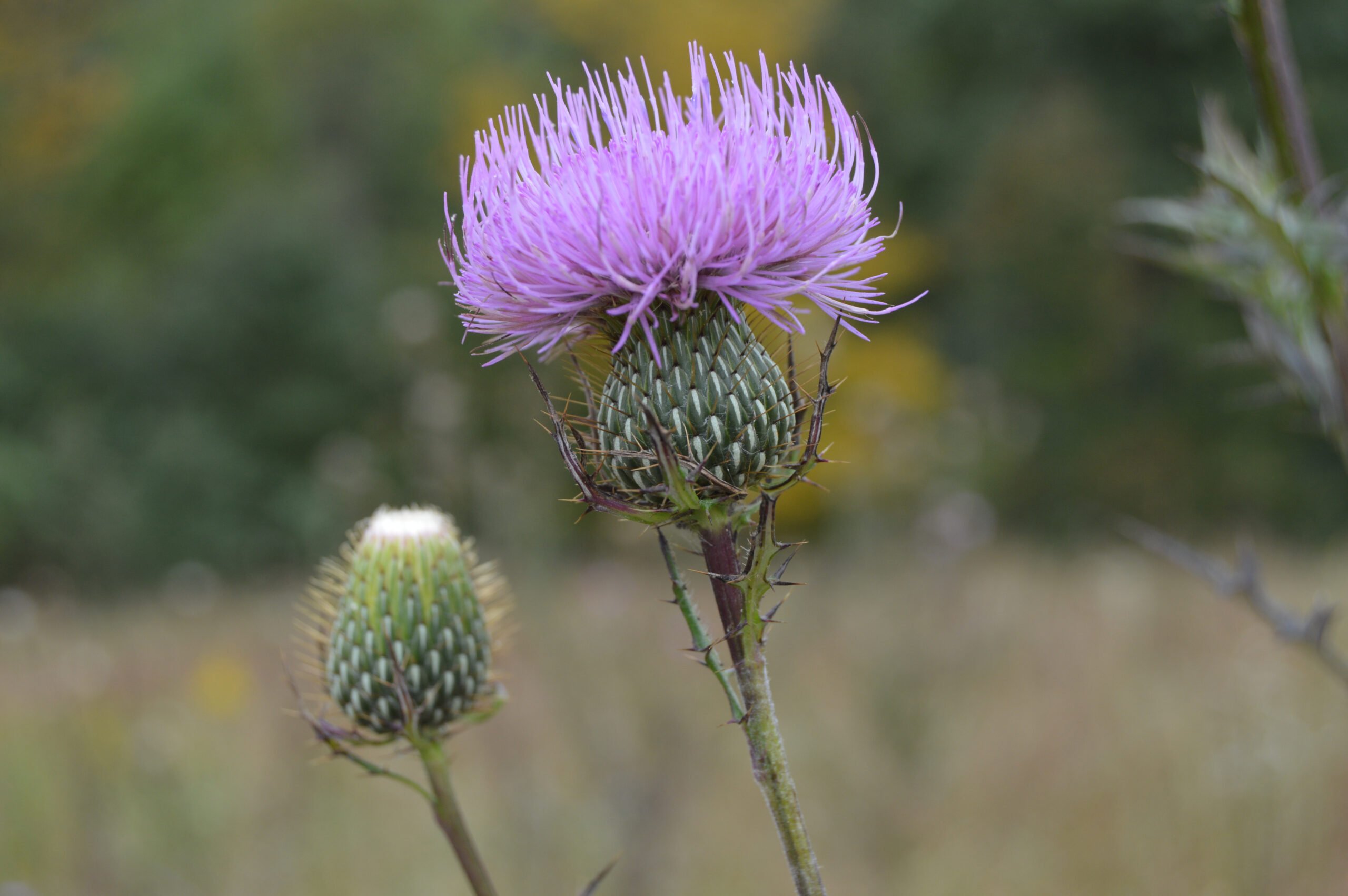
This thistle resembles the invasive bull thistle, although it behaves much better than the weedy species and has pollinator benefits. Field thistle is a native wildflower biennial—it grows leaves in a rosette the first year, and tall flower clusters the second.
Field thistle is best for a pollinator or wild garden, as it spreads readily through seeds. Let it naturalize itself and it will bring beetles, bees, and butterflies to the region.
Rattlesnake Master
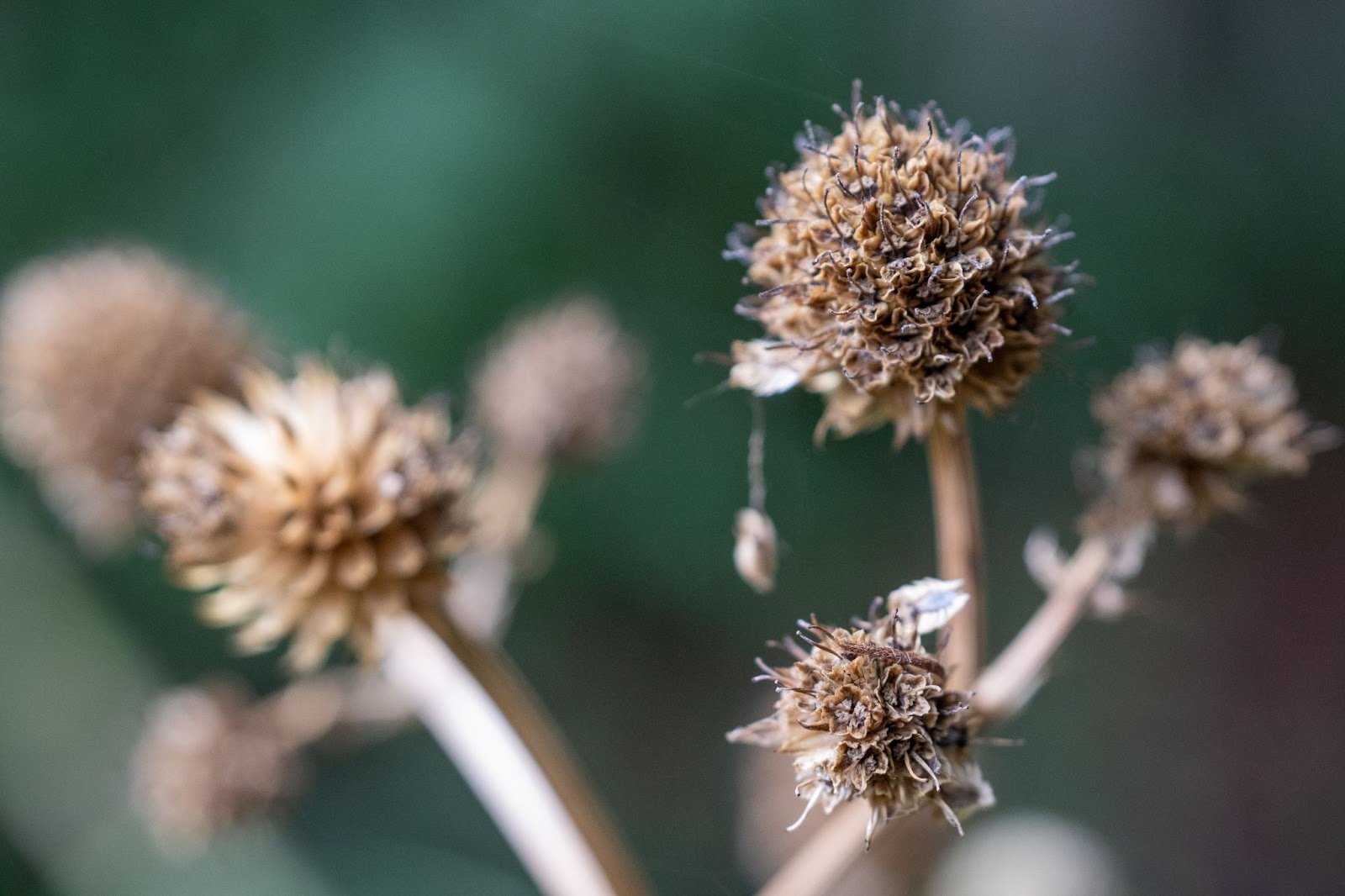
A native Eryngium, rattlesnake master sprouts perennially throughout the Midwest and Southeast. Its leaves resemble yucca leaves, hence the name Eryngium yuccifolium. After spring leafy growth, tall spikes up to six feet tall emerge with white flowers.
Rattlesnake master thrives in a variety of conditions, and appreciates well-drained soil with full sun. When happy, it’ll lure bees, bugs, and butterflies to eat nectar and rest among the foliage.
Gray-Headed Coneflower
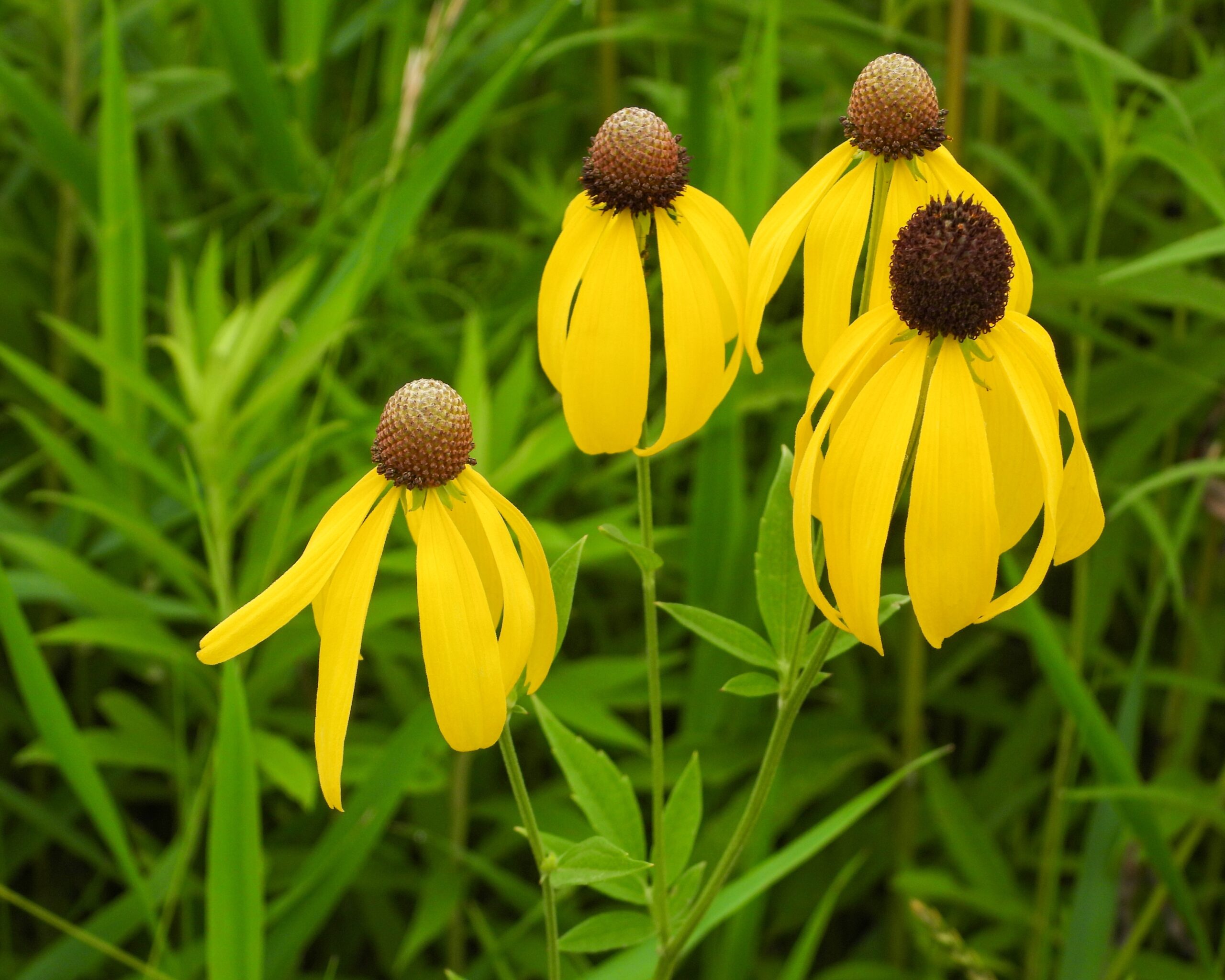
Plant gray-headed coneflower for yellow blooms during the entirety of summer. Although the blooms resemble coneflowers, this wildflower is in a separate genus Ratibida. It’s a winter dormant perennial that sprouts to five feet tall during spring.
Grow this native plant in dry, open locations. It thrives with six to eight hours of direct sunlight daily, and low water during the growing season.
Northeast
The Northeast is a wide region with dense deciduous forests, coastlines, and wetlands. This wide range of habitats means hundreds of wildflowers grow in the zone and will promote biodiversity in your garden.
Purple Coneflower
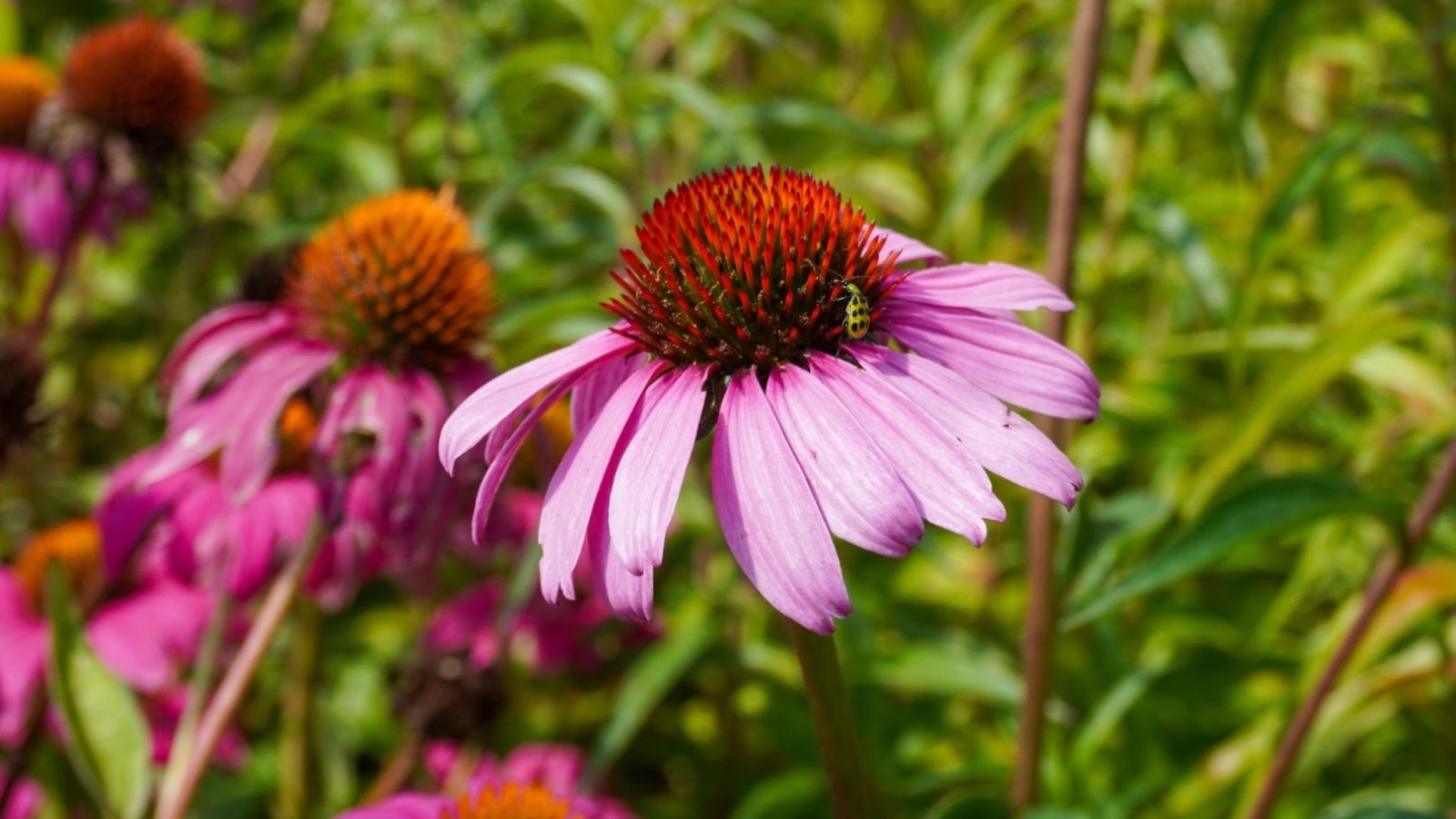
This wildflower thrives throughout the Northeast and the Midwest. Purple coneflower is a longtime favorite of herbalists, plant breeders, and backyard gardeners. Grow the native type from seeds, or find a unique variety at your local nursery.
A true coneflower, this perennial attracts bumblebees, butterflies, and beneficial critters that eat aphids. It’s perfect for a biodiverse garden tucked amongst black-eyed Susans, swamp verbena, and other Northeast wildflowers.
Wild Bergamot
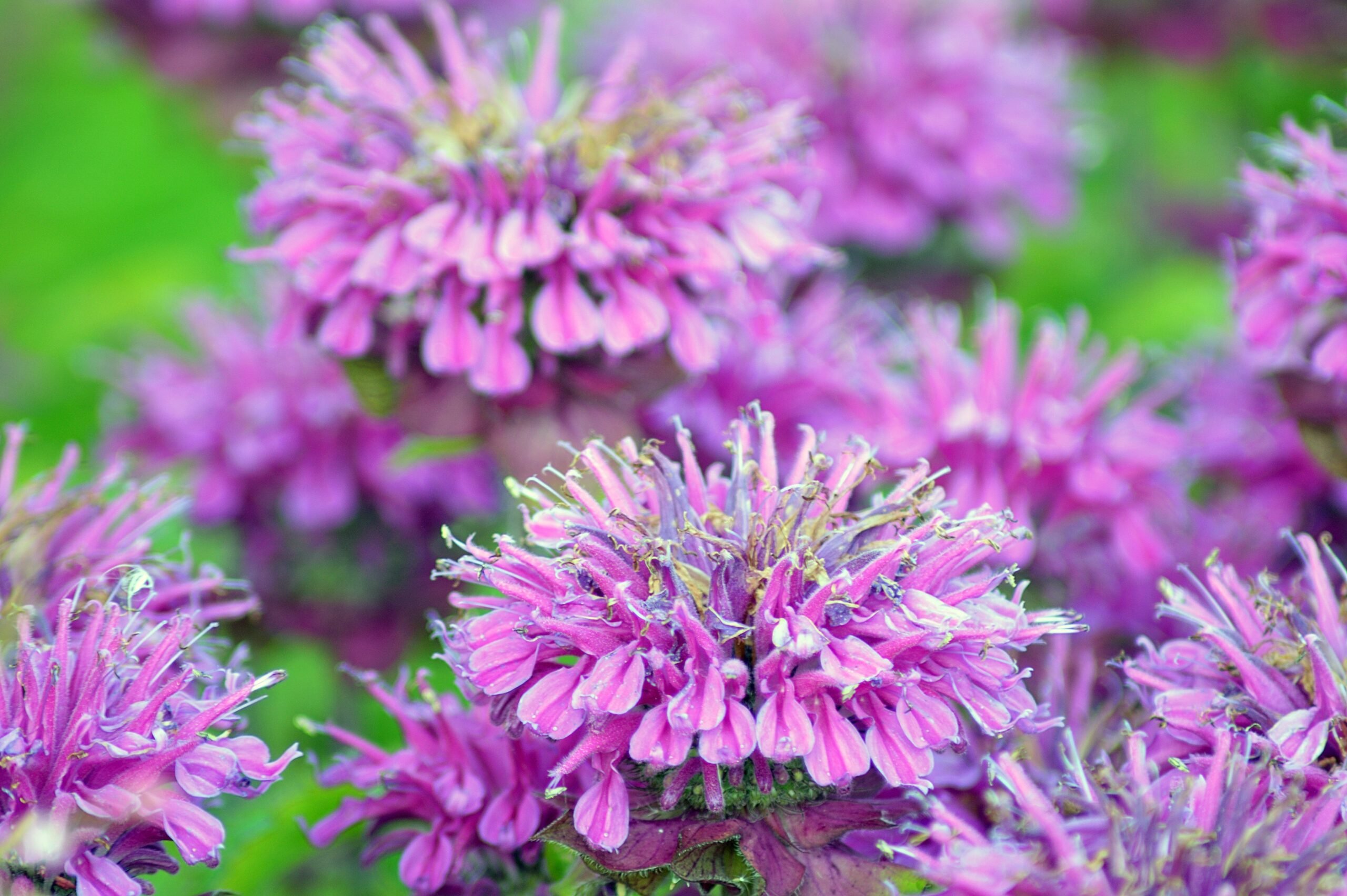
If you want hummingbirds near the garden, you should plant wild bergamot. Its tubular pink-lavender flowers are perfect for hummingbird beaks and tongues; the blossoms host precious nectar at their base.
Wild bergamot is an herbaceous perennial for hardiness zones 3 through 9. It’ll die to the ground during winter. New sprouts emerge when the weather warms and blooms open atop four-foot-tall stems during summer. Sow seeds during fall or spring for germination when the weather warms.
Foxglove Beard Tongue
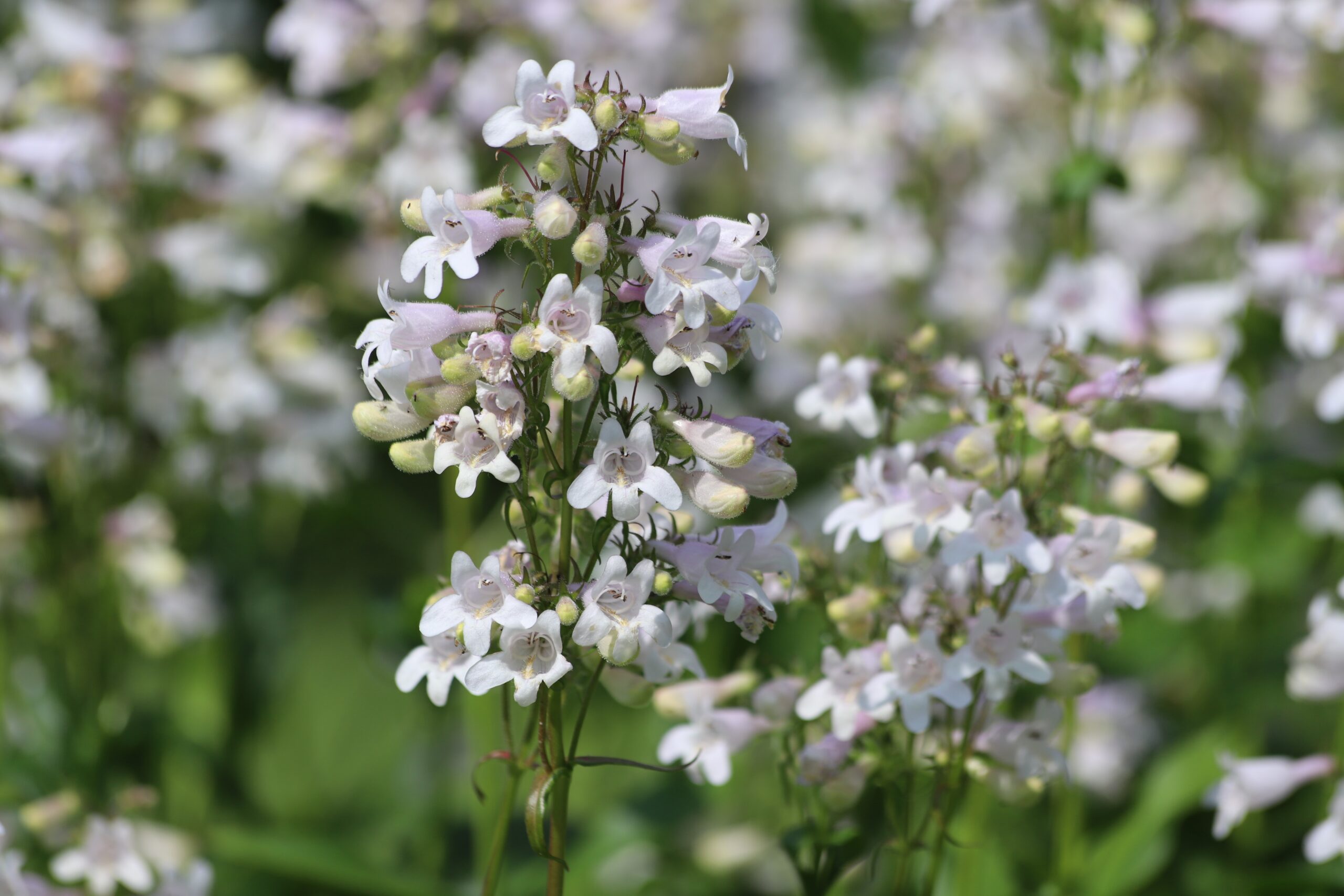
Instead of invasive nonnative foxglove, plant foxglove beard tongue! White tubular flowers bloom on long stalks that reach five feet in the air. They summon hummingbirds, butterflies, and bees; they boost biodiversity and bring other animals into the area.
Foxglove beard tongue tolerates droughts once it establishes itself, and thrives with full sun and fertile, porous soil. Give this perennial compost every fall and spring for optimal growth.
Black Raspberry
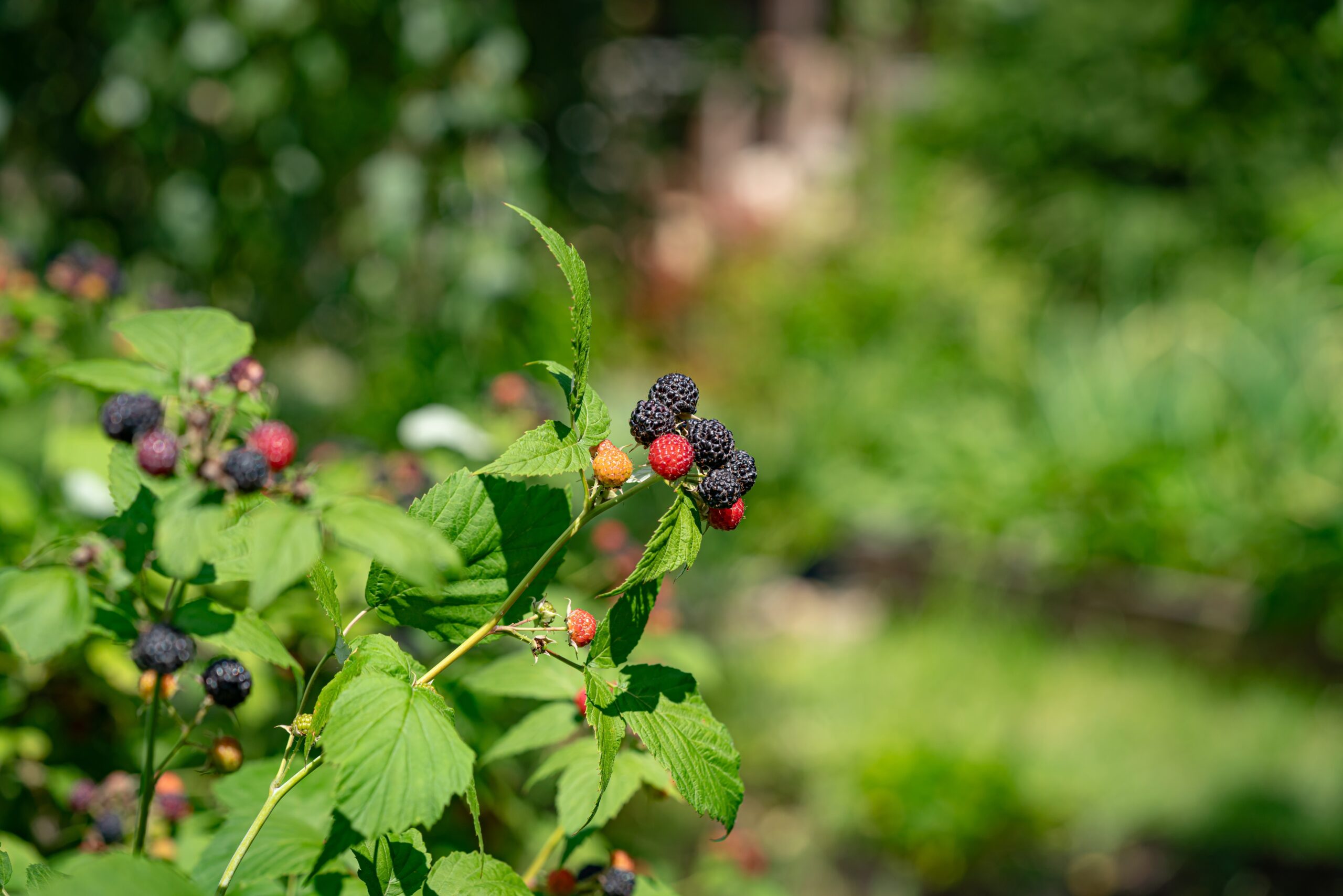
Biodiversity is also a measure of how valuable the area is for our use. Grow edible native plants, and you create a garden for animals and yourself. Black raspberry is the ideal deciduous shrub for Northeast gardens; it sprouts black raspberries that taste tart and sweet.
This shrub experiences low fruit set in full sun spots with low water. Grant extra irrigation for fully sun-exposed plants. This ensures the soil stays cool amidst summer heat waves.
Smooth Blue Aster
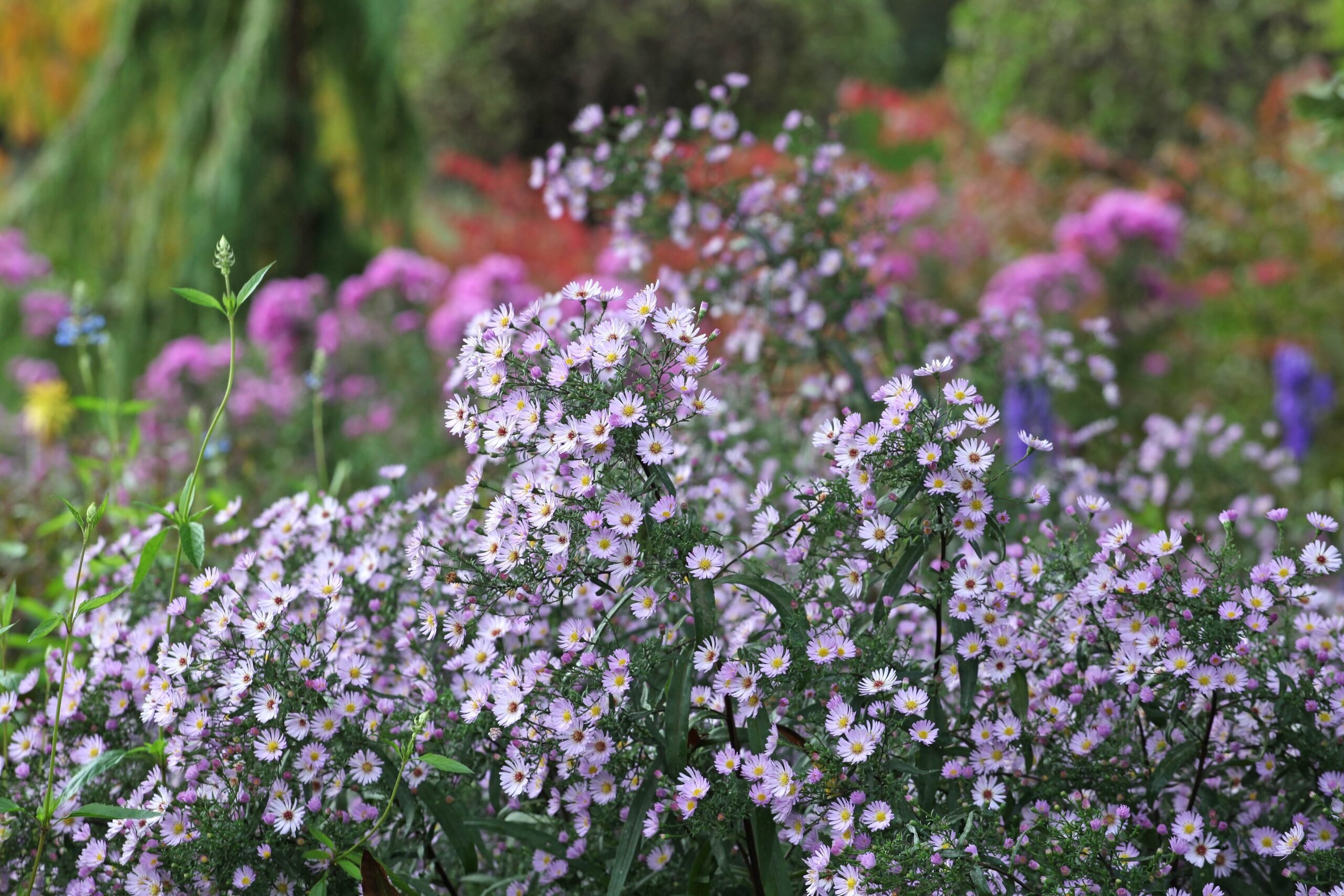
A late summer bloomer with pollen for hungry insects is indispensable in gardens. Smooth blue aster blooms late during summer while other plants are forming fruits. It’s an herbaceous perennial, so it’ll thrive in your yard annually during warm temperatures.
Smooth blue asters form clumps that slowly widen. They also readily sow seeds, meaning you’ll find volunteer seedlings around the area. Pull them out of the soil and lay them down to decompose, or let them grow to gain additional wildflowers.
Southeast
The southeast includes parts of Texas, Florida, and the rest of the South. Lower regions of the Great Plains also characterize the Southeast. Grow wet or dry-loving native perennials, shrubs, and trees to bolster biodiversity.
Tall Thistle
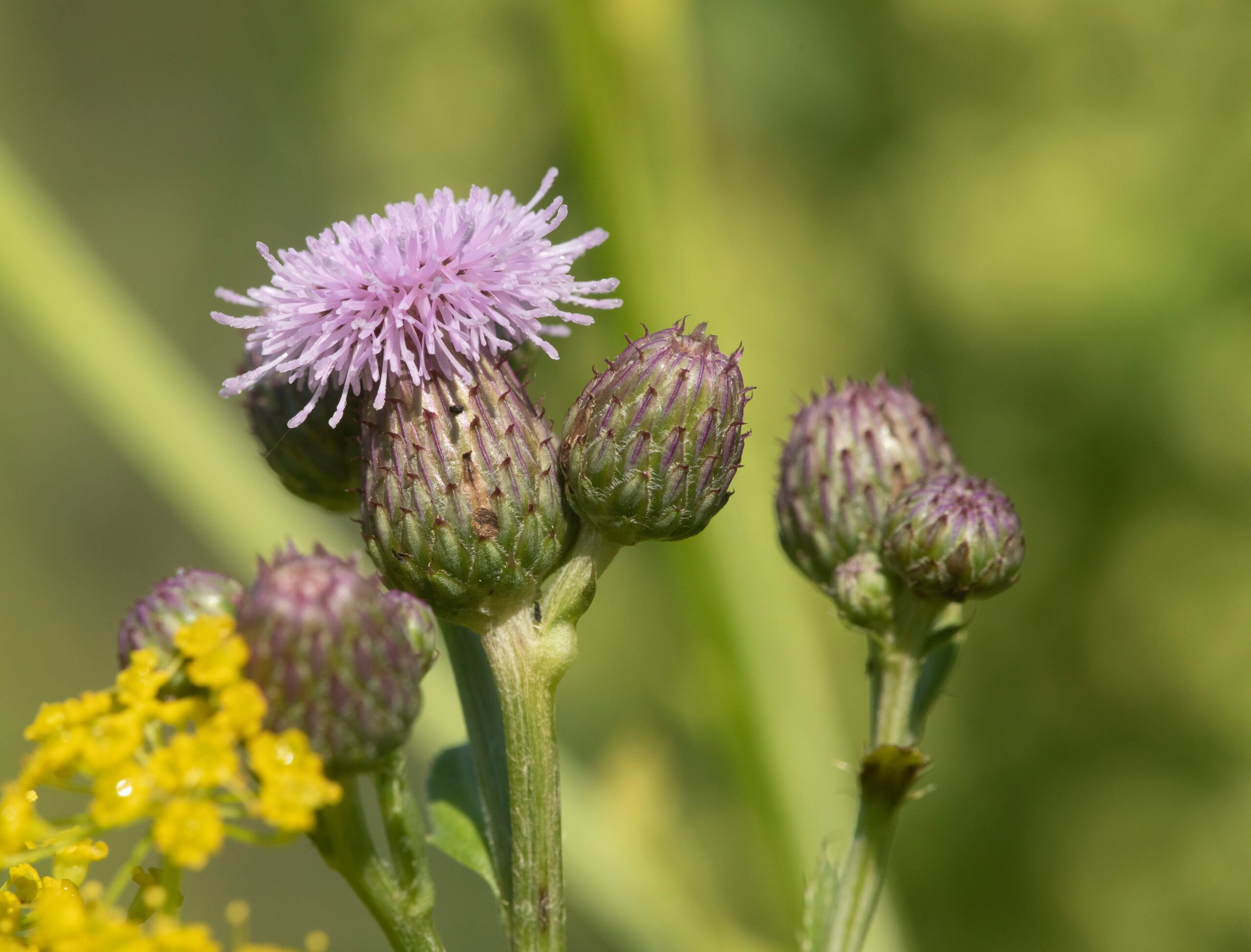
Tall thistle lives up to its name; it reaches ten feet tall in full bloom! Giant purple bulbous flowers emerge on the tall stalks. They resemble artichokes or cardoons, and they similarly attract dozens of bees, birds, and beetles.
Tall thistles are rich in nectar, making them perfect for pollinator gardens. They self-sow in big numbers and may overwhelm other ornamentals. Pull up seedlings or let them naturalize for a wild-style garden.
Redring Milkweed
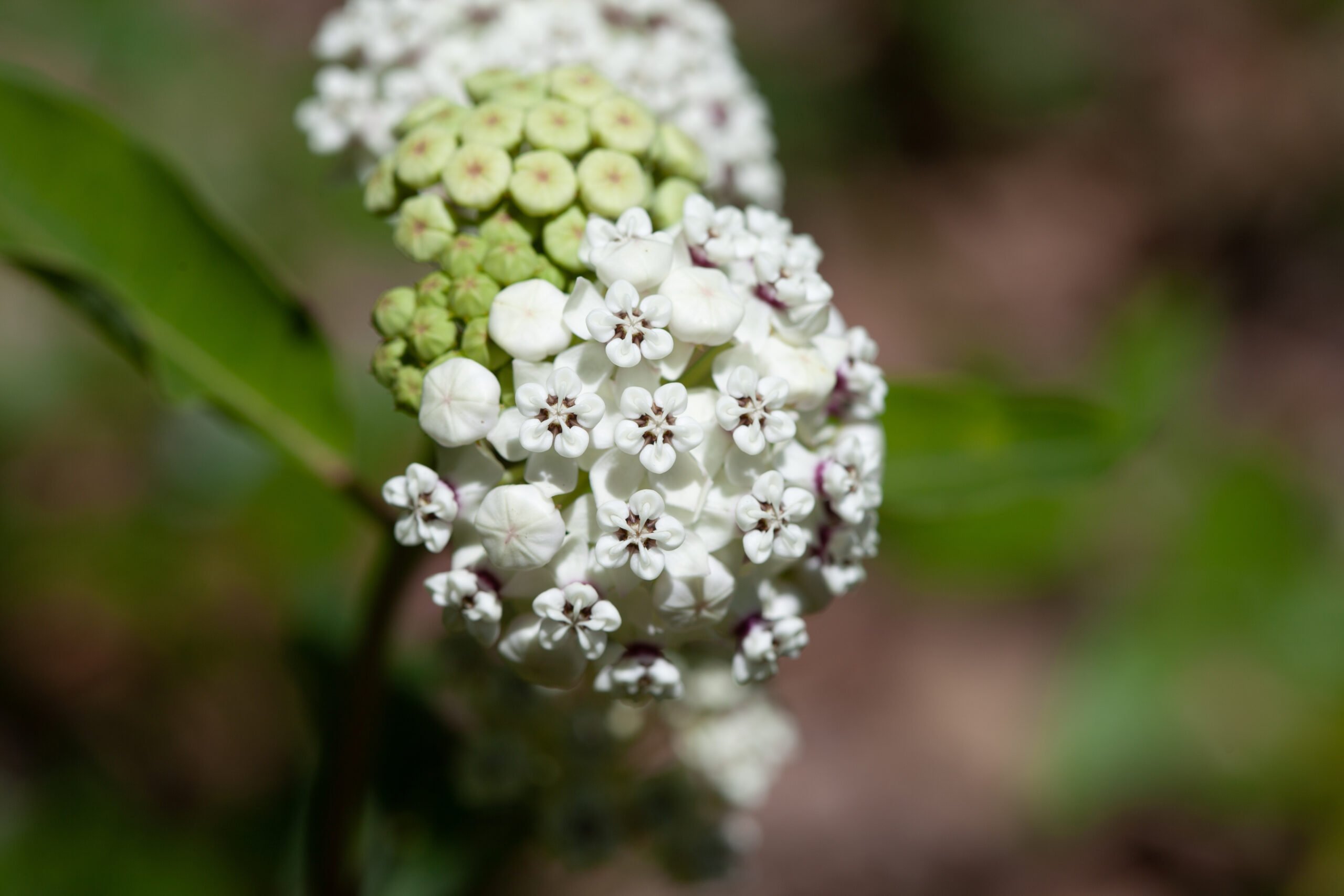
A dwarf milkweed with stunning white flowers, the redring species looks different than most others. Its leaves are thick, with deep green tops and whitish undersides. It stays small and is perfect for mass plantings, borders, or wild gardens.
This milkweed is an awesome herbaceous perennial for cold gardens, as it’s hardy down to zone three. Sow seeds during fall for spring germination. After a single sowing, your wildflowers will sow themselves for decades. They’re also perennial and sprout anew with warm spring weather.
Fragrant Sumac
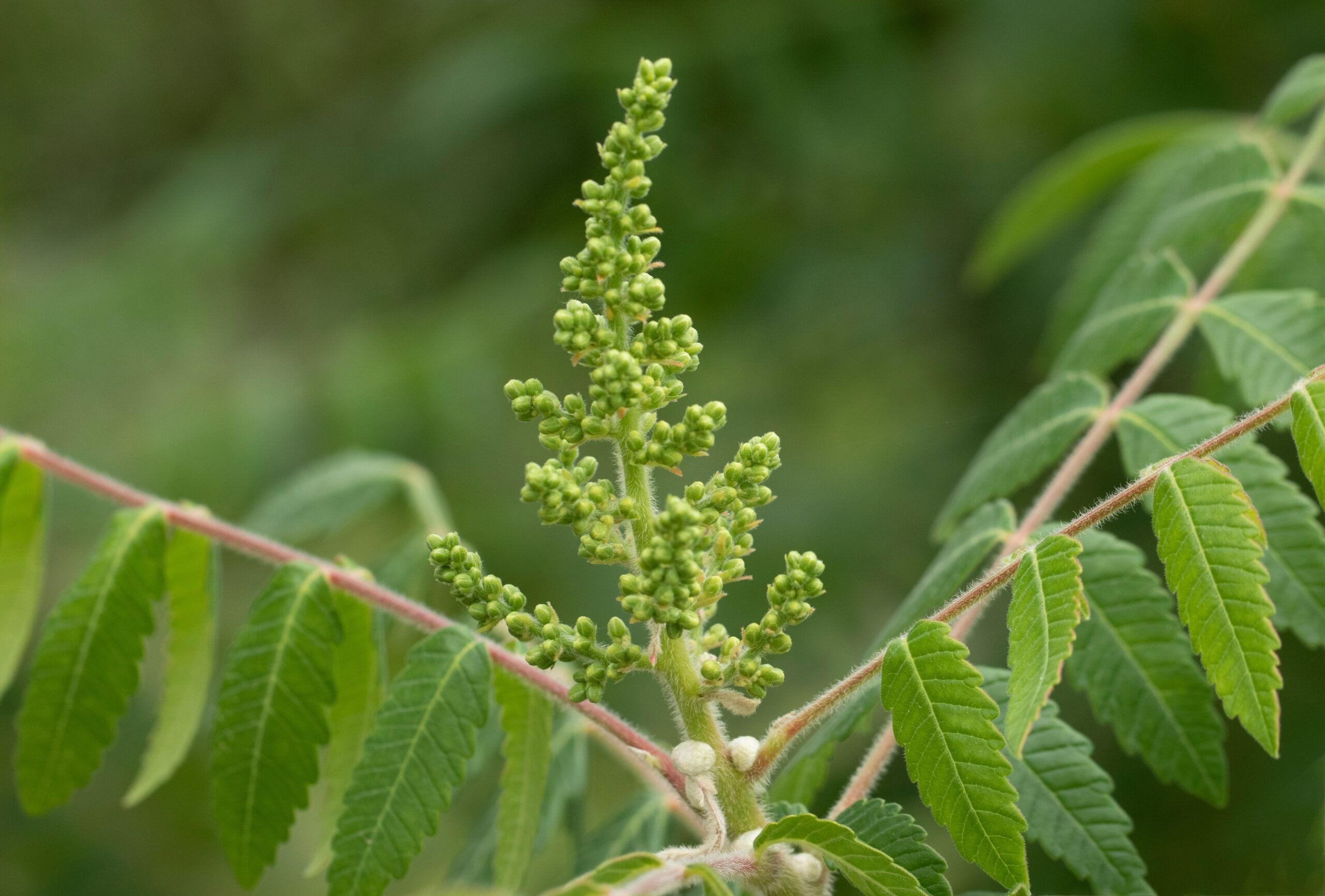
A thicket-forming shrub-like snowberry, fragrant sumac differs from other tree types. It forms rambling, dense growths up to six feet tall and ten feet wide. Plant a few en masse on a bare slope to establish a living erosion control.
Roaming stems root themselves as they spread, creating strong, resilient colonies. Fragrant sumac may also self-seed. Let it grow wild to attract beetles, bugs, and birds to the site.
Seaside Goldenrod
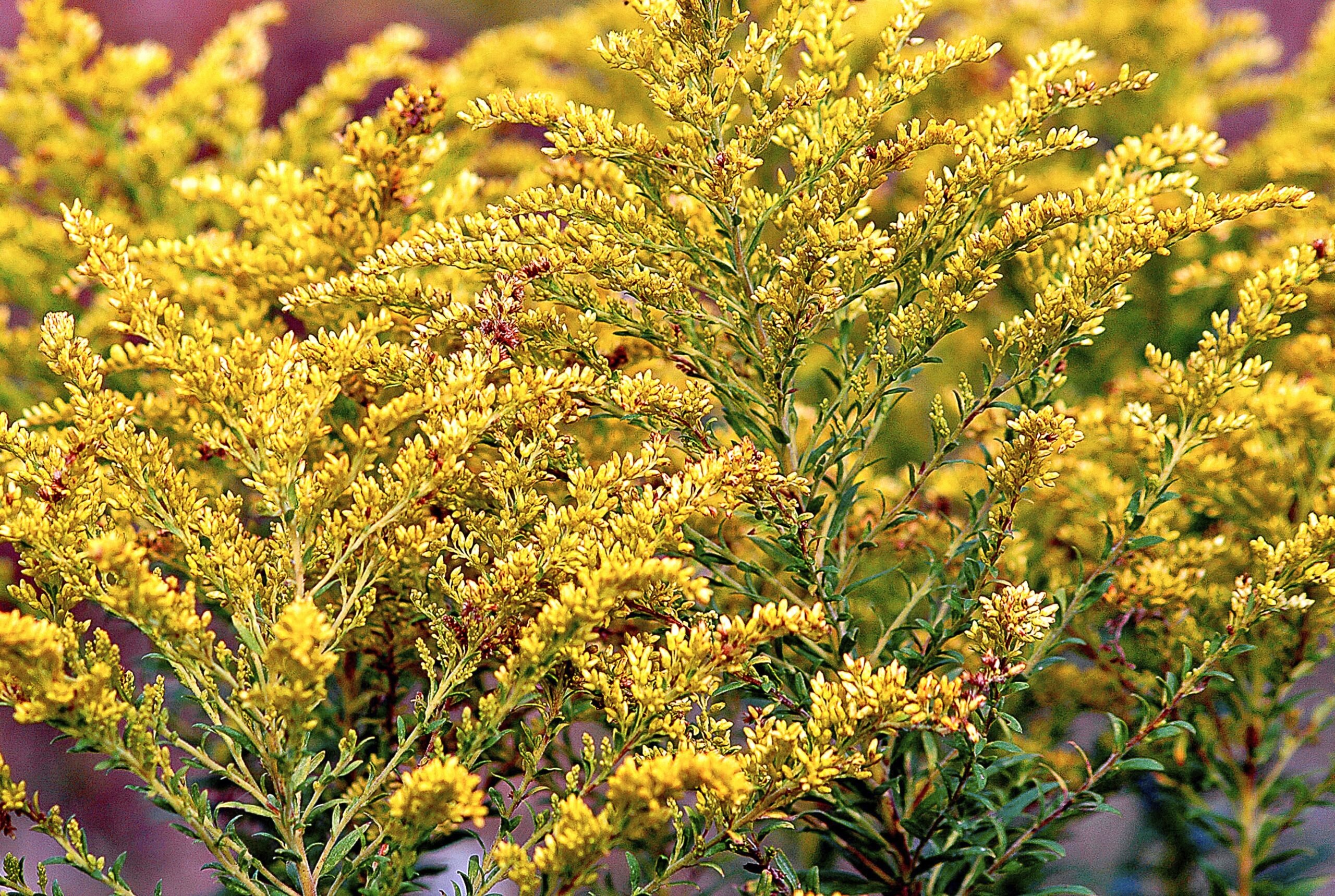
Goldenrods surprise growers and pollinators alike no matter where they grow! Seaside goldenrod excels in coastal regions throughout the Southeast. It tolerates excess salt in soils and salty sea air that sprays up from waves. Bright yellow flower spikes erupt on up to eight-foot-tall stalks in late summer, attracting pollinators and predatory insects.
Seaside goldenrod forms seeds after successful pollination. These are a valuable food source for birds during autumn. Leave drying stalks on your plants so the birds see them. They’ll swoop down to grab the seeds when they’re hungry.
Frostweed
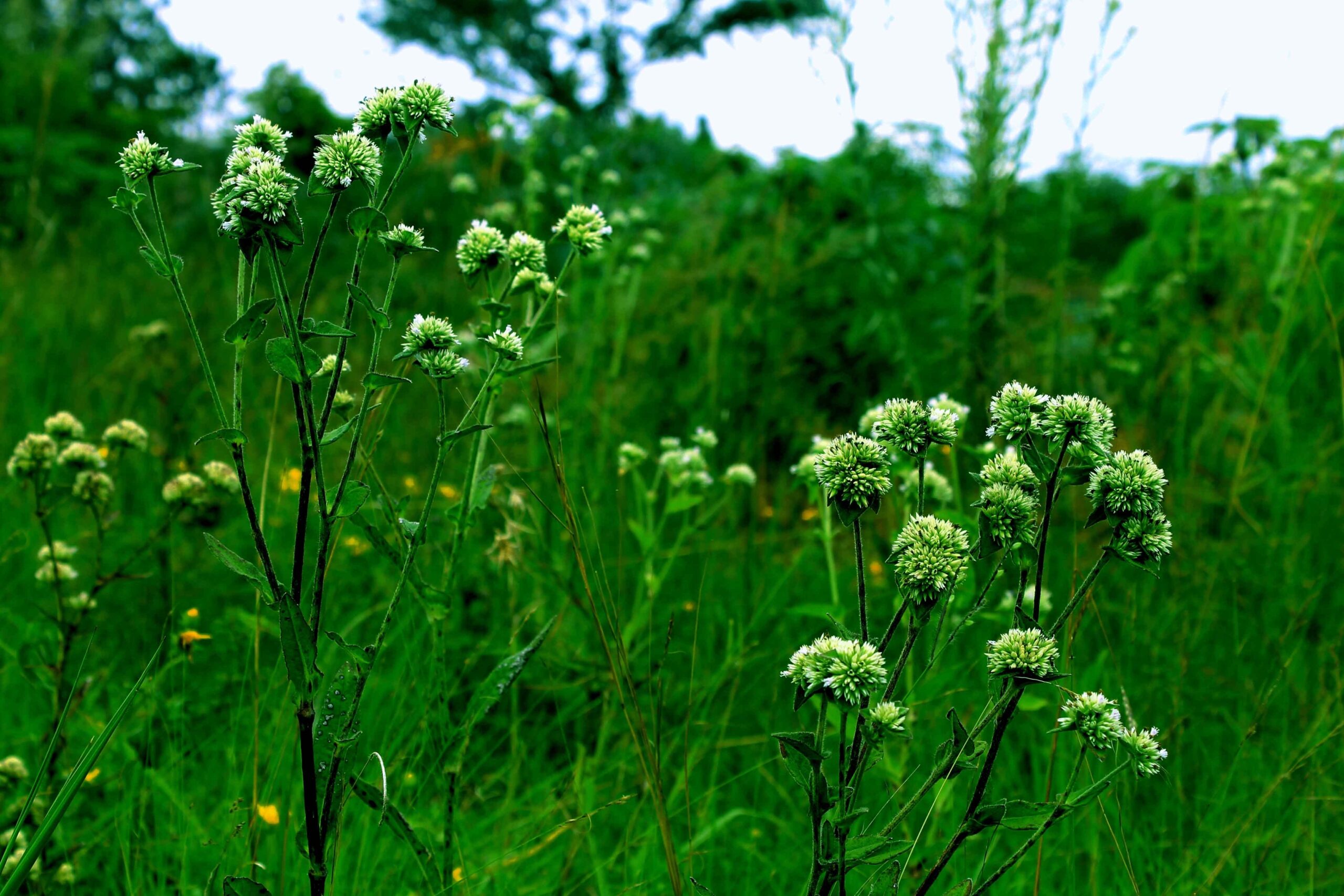
Frostweed is a shade-loving perennial wildflower with bright white blooms that brighten dark gardens. They fit a hard-to-grow niche in dry shade, although they appreciate extra moisture during droughts or heat waves. Frostweed lures bumblebees, specialist bees, predatory insects, beetles, and birds to the site.
Frostweed earns its name for the unique ice crystals that form on the plant after it freezes with fall frosts. They create a unique ornamental look that persists with freezing temperatures. This perennial spreads rapidly underground with creeping rhizomes, and through seeds that sprout in autumn or spring.



